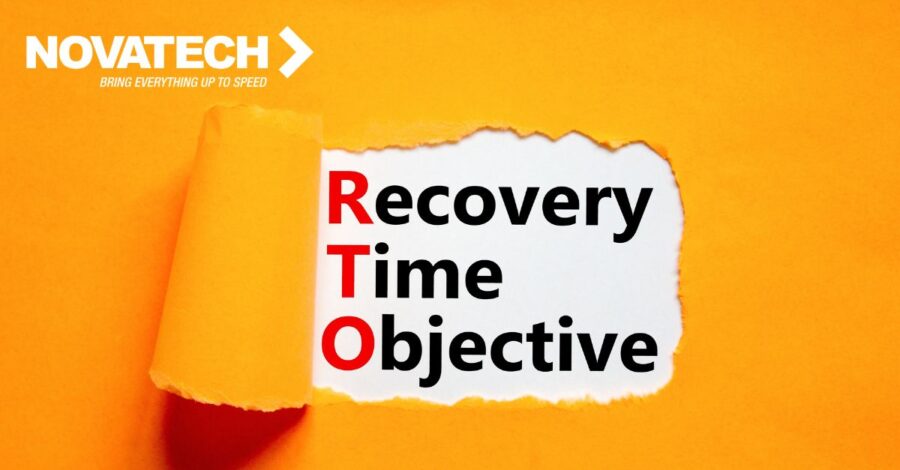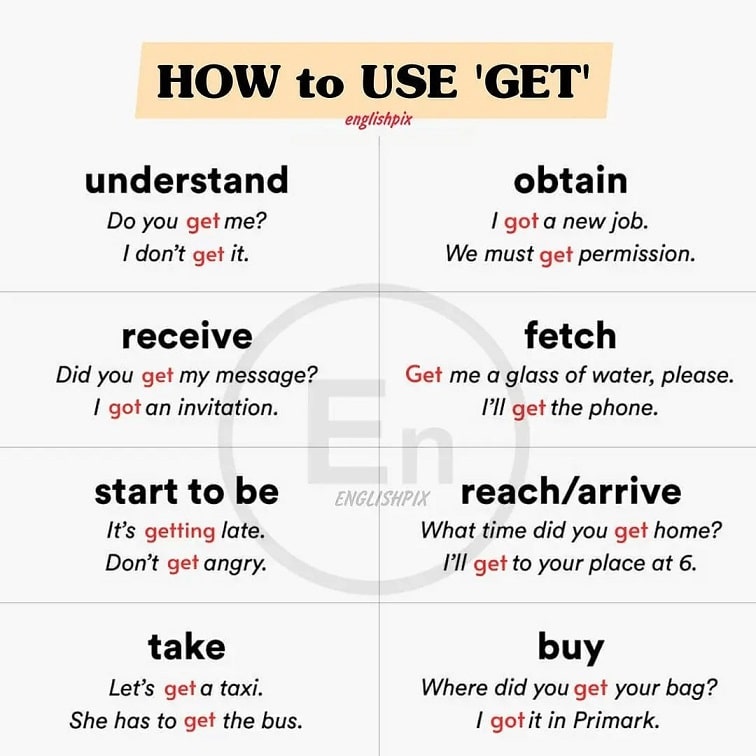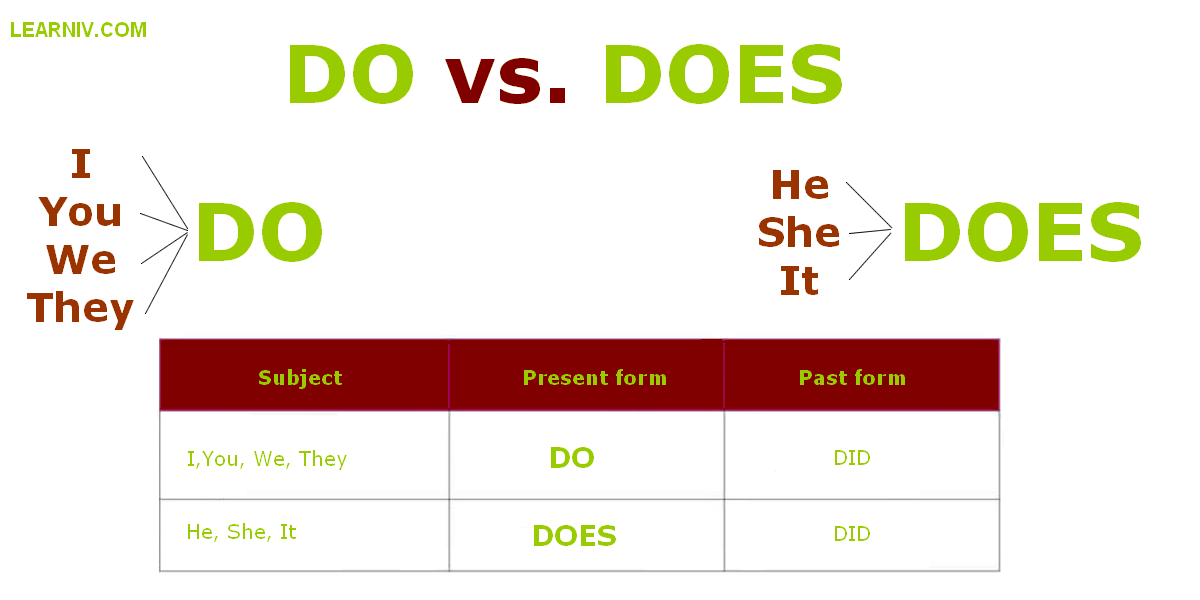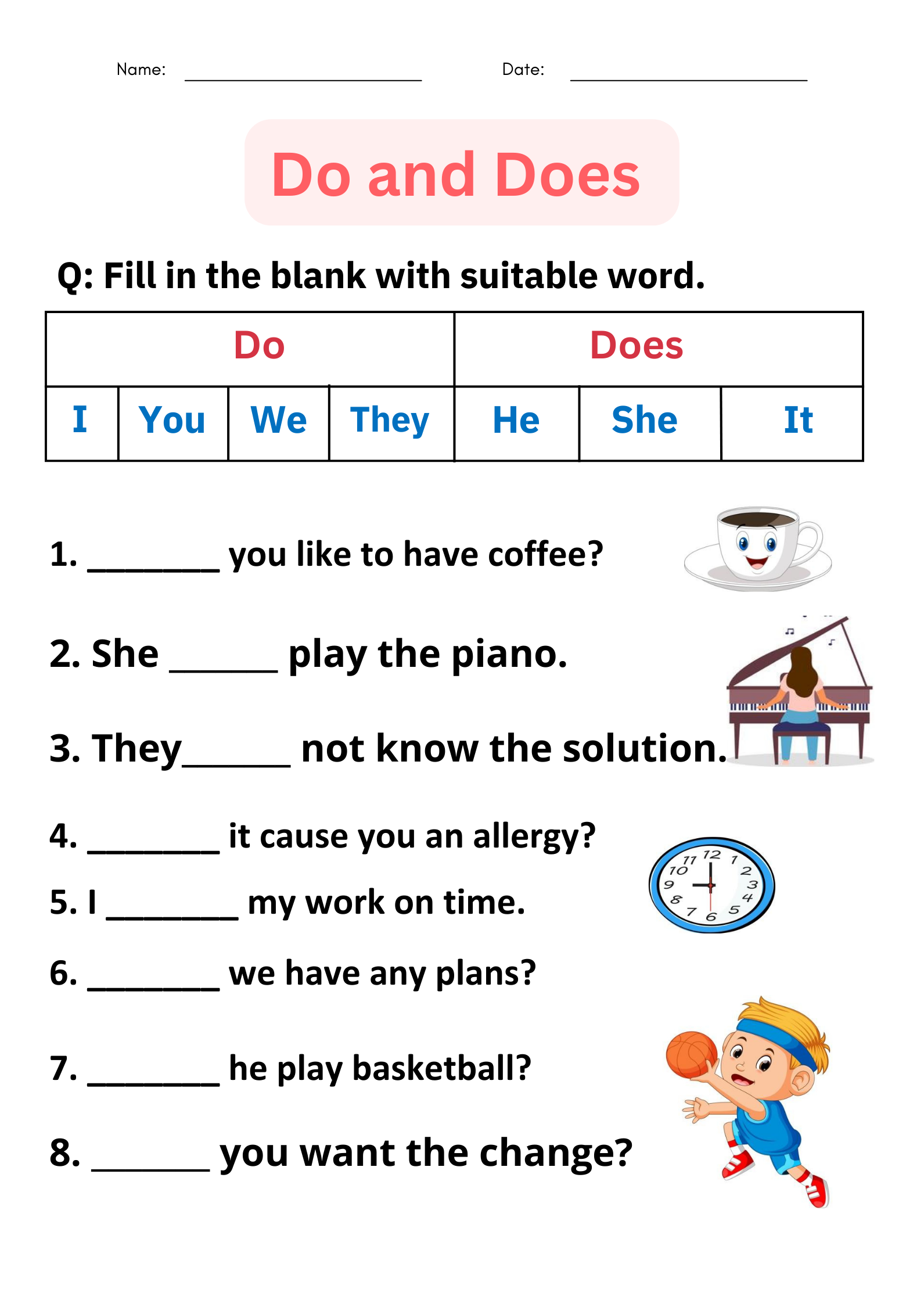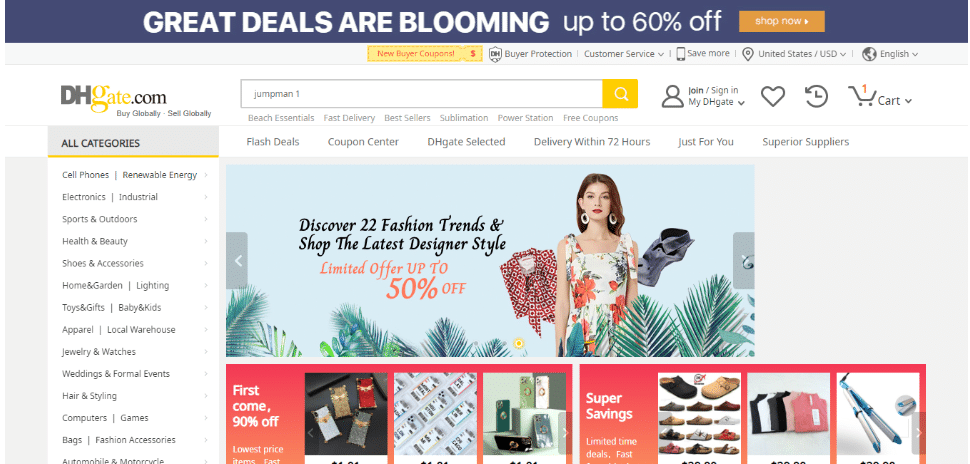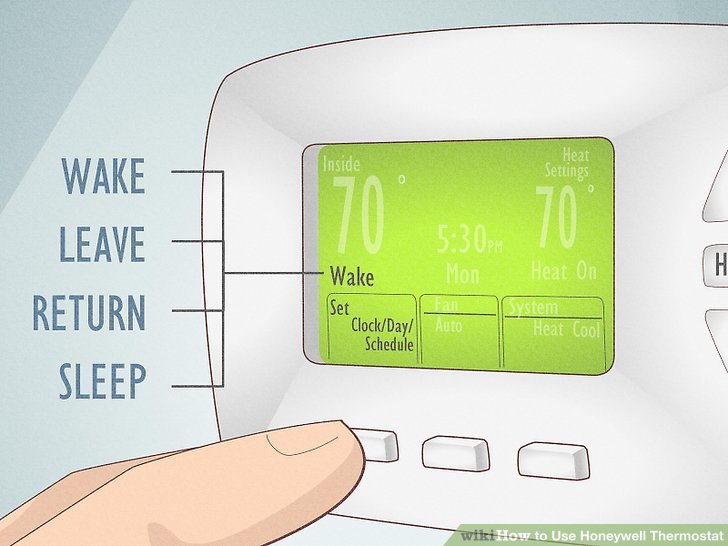Is DHgate Legal? What Buyers Need to Know About Legitimacy, Risks, and Safer Purchasing
Quick Answer
DHgate operates as a legitimate online marketplace that connects third‑party sellers and buyers worldwide, similar to other platforms; however, buyer experiences vary widely due to seller quality, shipping practices, and counterfeit risks, so careful due diligence is essential [1] . Independent review bodies report significant complaints and low ratings, underscoring the need for risk‑mitigation steps when purchasing [2] [3] .
Is DHgate Legal? Understanding the Marketplace Model
In most jurisdictions, online marketplaces that host third‑party sellers are legal to operate, provided they comply with applicable e‑commerce, consumer protection, and intellectual property laws. DHgate functions as a platform-not a direct retailer-meaning it facilitates transactions between independent merchants and buyers, a model comparable to AliExpress or eBay [1] . The critical implication for shoppers is that product authenticity, quality, shipping speed, and post‑sale support often depend on the individual seller, not solely on the marketplace’s brand name [1] .
Legality does not guarantee reliability. Verified, public complaint data show that even lawful marketplaces can have poor dispute outcomes or slow problem resolution. The Better Business Bureau (BBB) page for DHgate lists an F rating with hundreds of complaints and notes failures to respond to a substantial portion, signaling elevated buyer risk if diligence is not performed [2] .
Reputation Signals: What Reviews Reveal
Long‑running independent reviews characterize DHgate as a real company with a mixed reputation: it’s been active for many years and processes significant sales, yet experiences range from satisfactory to poor depending on the seller and listing quality [1] . The BBB profile documents an F rating and numerous complaints, reflecting recurring issues like product quality disputes, shipping delays, and customer service challenges [2] . The BBB’s consumer reviews page further illustrates consistent dissatisfaction, with many reports describing damaged goods, refund difficulties, and partial reimbursements that leave buyers out‑of‑pocket [3] .
Interpreting these signals, a prudent buyer would treat DHgate like any broad marketplace: legality exists at the platform level, but purchase outcomes hinge on seller‑level quality control. Reviews suggest you may find good deals, yet the variance is high, and complaint resolution may be time‑consuming [2] [3] .
Counterfeits and IP Risk: What Buyers Should Know
A recurring risk on open marketplaces is counterfeit or trademark‑infringing goods, especially when branded products are offered at unusually low prices. While the platform itself can be legal, buying or importing counterfeit items can expose you to seizures by customs, loss of funds, and potential legal consequences under local intellectual property laws. Independent buying guides caution that marketplace operators cannot practically police every listing; thus, counterfeit listings may appear and persist until reported and removed [1] . Practically, this means buyers should avoid too‑good‑to‑be‑true branded offers and favor unbranded or private‑label goods where authenticity is less ambiguous [1] .

Source: durofy.com
How to Reduce Risk Before You Buy
Because outcomes vary by seller, a layered due‑diligence process can materially improve your odds of success:
- Vet the seller thoroughly : Read recent reviews, examine ratings trends, and scan for photo reviews that corroborate product claims. Look for consistent performance over time, not just a high aggregate score [1] .
- Scrutinize the listing : Compare product photos, specifications, and variants. Be wary of trademarked brands at steep discounts, unclear model numbers, or listings that mix multiple SKUs and reviews in one page-common sources of confusion [1] .
- Start small : Place a small test order to validate quality and shipping performance before committing to larger quantities. This staged approach reduces downside if the product disappoints [1] .
- Use protected payment methods : Prefer payment rails that support chargebacks or buyer protection if the marketplace’s process stalls. Check card issuer dispute windows and document all communications. BBB complaints indicate that refund frictions are common, so redundant protection is pragmatic [2] [3] .
- Clarify shipping and returns : International shipping can take weeks, and return shipping may be costly. Ask the seller for handling times, courier names, and return addresses in writing before checkout [1] .
Step‑by‑Step: Safer Purchasing Workflow
- Define requirements : Write a short spec sheet (materials, dimensions, certifications, warranty) so you can evaluate listings consistently. This prevents being swayed by photos alone [1] .
- Shortlist 3-5 sellers : Favor those with extensive order history and recent positive feedback that specifically mentions the product you want-not just generic praise [1] .
- Message sellers : Ask about stock availability, batch photos, packaging, and lead times. Evaluate responsiveness and clarity. Save screenshots for potential disputes [1] .
- Order samples : Place 1-2 small test orders from different sellers to compare real‑world quality and shipping speed before scaling up [1] .
- Inspect on arrival : Record an unboxing video, verify specs, and test functionality. Report discrepancies immediately through the platform and your payment provider if needed. BBB records show disputes can be protracted, so early, well‑documented claims improve outcomes [2] .
- Scale cautiously : Only increase quantities after consistent performance across multiple orders. Consider a third‑party inspection service for larger buys to reduce defect risk before shipment [1] .
Handling Problems and Disputes
If an order arrives damaged, materially different, or excessively late, move quickly and keep records:
- Document everything : Photos, videos, timestamps, and message logs are crucial if the seller contests your claim. BBB complaints often cite runarounds; strong documentation can shorten the process [3] .
- Use the platform dispute center : File within posted windows and follow instructions precisely. Provide concrete evidence and a specific remedy request (refund, replacement, partial credit) [1] .
- Escalate via payment provider : If resolution stalls, consider a chargeback or buyer‑protection claim per your card issuer rules. Include your platform case history to demonstrate good faith [2] .
Real‑World Scenarios: What to Watch For
Scenario 1: Branded electronics at 70% off . This is a classic counterfeit risk zone. Even if the platform is legal, importing counterfeit devices can lead to seizures and wasted funds. A safer alternative is to buy unbranded or white‑label electronics with clear specs and test reports from sellers with verifiable order history [1] .

Source: leelinesourcing.com
Scenario 2: Heavy equipment with vague specs . BBB complaints highlight damaged or unsafe items and partial refunds that leave buyers absorbing losses. For bulky items, request real photos, serials, packaging details, and insurance; consider third‑party inspection before shipment to mitigate damage risks [3] .
Scenario 3: Fashion with mixed reviews . Quality varies widely across sellers. Order a single unit first, check stitching/materials on arrival, and only then place larger orders. Avoid listings that intermingle reviews for unrelated items, which can mask true quality signals [1] .
Alternatives and Redundancy Strategies
No single marketplace is risk‑free. If you need redundancy, you can diversify suppliers across multiple platforms or source from local distributors with clear return policies. For private‑label projects, you might also engage a sourcing agent or quality‑control firm to audit factories and conduct pre‑shipment inspections. These steps add cost but can reduce defect rates and dispute time, which BBB data imply may be significant if issues arise [2] .
Key Takeaways
- DHgate is a lawful marketplace platform; however, outcomes depend heavily on the specific seller and listing diligence [1] .
- Independent ratings and complaint histories signal elevated risk without careful vetting; use layered protections and keep meticulous records [2] [3] .
- Avoid suspiciously cheap branded goods to minimize counterfeit exposure; prefer unbranded or private‑label items and test orders first [1] .
References
[1] MyWifeQuitHerJob (Guide). DHGate legitimacy, marketplace model, and safe‑buying tips.
[2] Better Business Bureau. DHgate.com business profile, rating, and complaint summary.
[3] Better Business Bureau. DHgate.com customer reviews and examples of dispute experiences.
MORE FROM mumsearch.com
